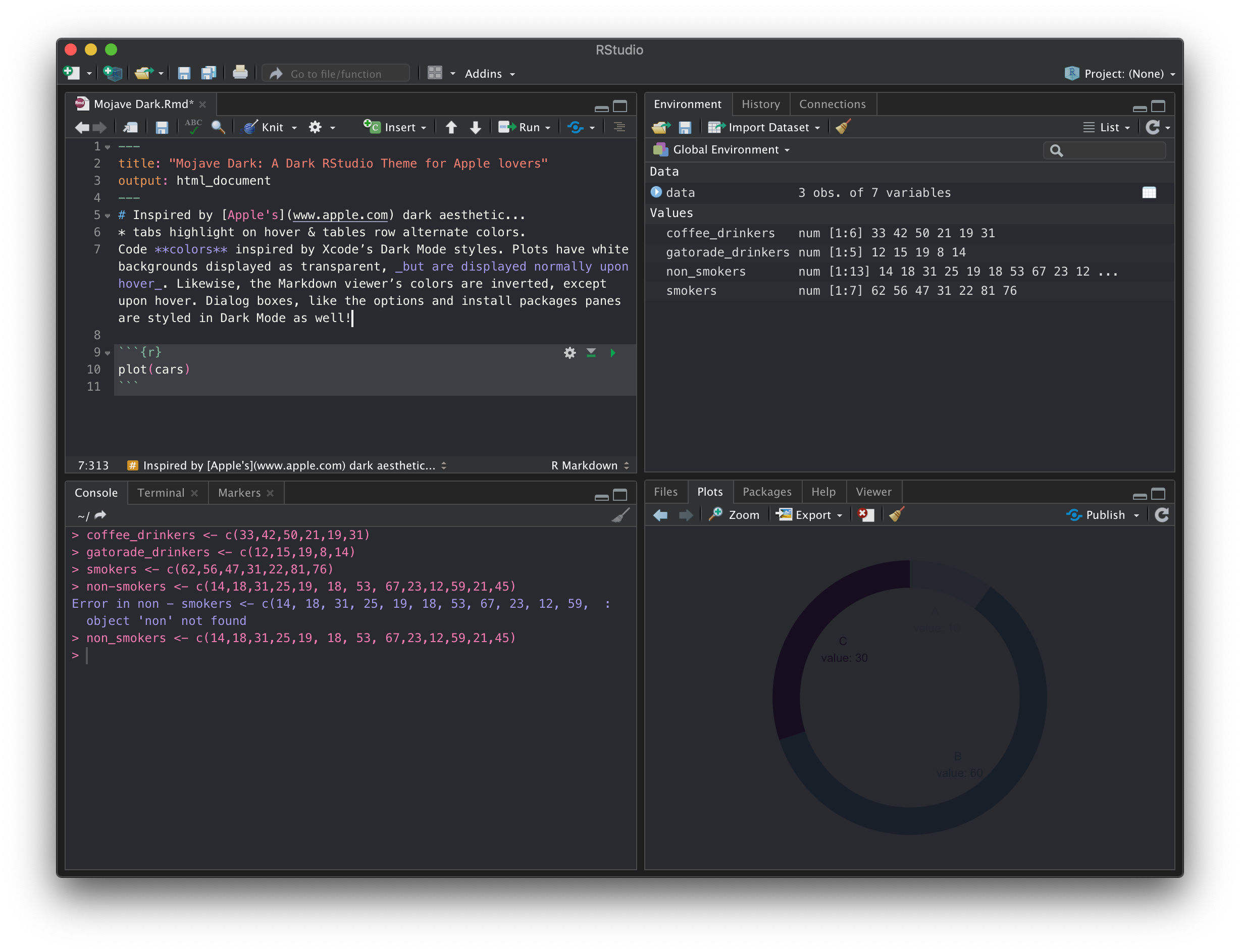
There are many different options for customizing graph elements. The face argument refers to the font face, which can be bold, italic, alic, or the default plain. There is also the option to align the text somewhere in between 0 and 1 other than 0.5. To align the text to the right, the value of hjust needs to equal 1. The default value for hjust is 0, which aligns the text to the left. That is, along the horizontal plane, the text should sit halfway across the graph (hence, 0.5). In plot.title = element_text(hjust = 0.5, face = "bold"), hjust refers to the horizontal justification. Notice that multiple changes can be added, separating each change with a comma. Plot.title = element_text( hjust = 0.5, face = "bold")) # alters the plot.title Title = "The title of my Graph here") + theme( legend.title = element_blank(), diamonds %>% group_by(clarity, cut) %>% summarize( m = mean(price)) %>% ggplot( aes( x = clarity, y = m, group = cut, color = cut)) + geom_point() + geom_line() + facet_wrap( ~cut, ncol = 2) + labs( x = "my x-axis label here", As always, refer to the internet (e.g., Stacked Overflow) for additional guidance.ġ0.9.4 Centering and Bolding the Plot Titleīecause these changes involve the text of the plot title, the element_text() function is more appropriate here. In the upcoming sections, we will learn a few different theme manipulations. For example, the legend.position component does not accept element_text, because the position of a legend requires a location (left, right, etc.)! Defining the legend.position with an element will result in an error message! Not all components require element specification (see above example) and not all elements are available for each component. They cannot be used interchangeably! Double equal signs ( =) are usually used to specify a value within a variable that already exists whereas single equal signs add new definitions. *Remember that one equal sign ( =) represents the phrase “is defined as” and two equal signs represents the phrase “is equal to”.
#Rstudio themes code#
is shorthand for “the same code as before” (i.e., data %>% ggplot() + geom_point() + geom_line() :
#Rstudio themes manual#
The basic structure for making manual changes to the theme: For more information on theme elements, execute ?margin. For more information on theme components, execute ?theme.
-18e2ee65-88b5-48cb-8127-80171c4720e9.jpg)
For the many different theme components, we can specifically target an element of the component. The components of a ggplot theme can be manually altered. The alternative is to change aspects of your graph manually. All of these pre-made themes make it easy and relatively painless to beautify your graph.
#Rstudio themes install#
The ggthemes package (installation is required for use of this package), for example, contains additional themes that work with the ggplot2 graphs remember that you must install this package and load the library in order to utilize the themes. There are many other theme options for R out there that others have created. Another simple theme is theme_bw(), which is a black and white theme. Title = "The title of my Graph here") + theme_classic()īuilt-in themes have varying default fonts, font sizes, color palettes, and other styling attributes.

You’ll notice that this theme’s default does not contain grid lines: diamonds %>% group_by(clarity, cut) %>% summarize( m = mean(price)) %>% ggplot( aes( x = clarity, y = m, group = cut, color = cut)) + geom_point() + geom_line() + facet_wrap( ~cut, ncol = 2) + labs( x= "my x-axis label here", Theme_classic() is one of my favorite themes to use when I want to create a quick, pretty graph. 10.9.4 Centering and Bolding the Plot Title.

7.4.1 Exercises (use practice dataset):.3.6.4 Using the Internet to Your Advantage.



 0 kommentar(er)
0 kommentar(er)
